In the aftershock of misinformation

As soon as reports about the magnitude 6.9 earthquake that struck Cebu were published online, various falsified videos and misleading claims began to proliferate. In a privilege speech, Cebu City Councilor Edgardo Labella II shared how a fake viral post claiming a landslide had occurred in Borbon caused volunteers and vehicles carrying relief goods to turn back. This resulted in severe traffic congestion and delayed delivery.
Some enterprising scammers even took advantage of the public’s anxiety to make a quick profit. For instance, several posts falsely claimed that the Philippine Institute of Volcanology and Seismology (Phivolcs) had issued a warning about an impending magnitude 8 earthquake on the West Valley Fault. As soon as users clicked on these supposed “alerts,” however, they were redirected not to an official government advisory but to shopping affiliate links on e-commerce sites.
Fake news has become so ubiquitous that it now poses another serious concern during disasters and emergencies. Amid legitimate calls for rescue on social media, there are some users who post fabricated stories about families in need. This sends first responders on a wild goose chase, wasting precious time and resources. Others spread distorted reports to gain views and clicks, not caring about the public panic they may cause. And just like the fake clickbait Phivolcs post, it has become increasingly common for scammers to exploit sympathetic users to donate money to fictitious organizations or lure them to malicious links. So much so that the National Disaster Risk Reduction and Management Council even had to issue scam warnings alongside emergency alerts during the past typhoon season.
Perhaps this approach should now be part of any emergency protocol. Fake news and misinformation should be anticipated, and first responder agencies must have various tactics and strategies to navigate and offset bad information. In other countries, for instance, there are specialized misinformation monitoring and response teams focused on tracking and addressing misleading online information during a disaster. Apart from pushing the central website and official statements to counter rumors, local publications are engaged to proactively debunk erroneous or shady posts.
But beyond policy, what we urgently need is a cultural shift toward critical thinking. Social media users have the responsibility to acknowledge their tendency to become enablers and accomplices in spreading disinformation during crises. One striking example that I came across from last week’s posts was how some users kept insisting that the earthquakes in Cebu and Davao were connected and would finally trigger the “Big One” in Metro Manila. Despite explanations from experts that these areas were separated by 400 to 1,000 kilometers and far beyond the range of the Coulomb stress transfer, and therefore, not causally linked, many still preferred to cling to their incorrect view.
Psychologists call this tendency the Dunning–Kruger effect. At times, people with limited knowledge overestimate their understanding and dismiss expert insights. In the context of last week’s earthquakes, non-experts may find the idea of “connected tremors” intuitive, even though they fail to grasp the technical complexities of tectonic movement. The heightened mental state of people during disasters makes them even more susceptible to gravitating toward falsehoods that align with their feelings of fear and anxiety. The same curiosity and eagerness that drive learning can just as easily be hijacked by algorithms that prioritize strong reactions over information accuracy, leading instead to miseducation.
This irony is not lost on David Dunning, one of the two social psychologists who discovered and coined the phenomenon. In an interview with organizational psychologist Adam Grant, Dunning emphasized that it is not only important for people to do their own research, but we must be very judicious about who we consider a trusted source. He recommends reading studies and research material from various experts in the field. While it’s tempting to seek ideas that affirm our beliefs, we must keep asking how we might be wrong. Since it’s often hard to recognize when we’ve fallen into the Dunning–Kruger trap, we must surround ourselves with people who are unafraid to challenge us and hold us accountable.
The individual who falsely claimed that there was a landslide in Borbon eventually took down his post and admitted that his information had been solely based on hearsay. By then, however, the damage had already been done—particularly to affected residents who failed to receive immediate help. In times of crisis, disinformation can compromise the efficient delivery of life-saving assistance and sow unnecessary panic that drains precious time and resources. It is both a civic and moral duty to be more discerning, responsible, and anchored in truth.
—————-
eleanor@shetalksasia.com



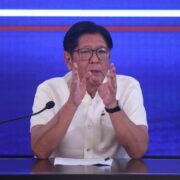

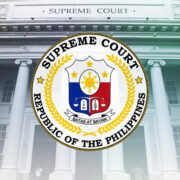
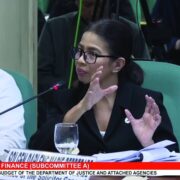
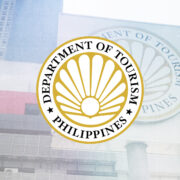
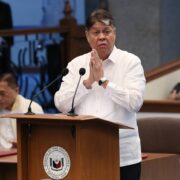

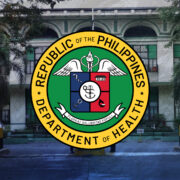
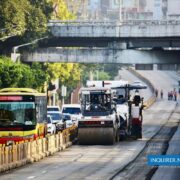
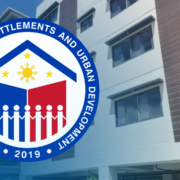
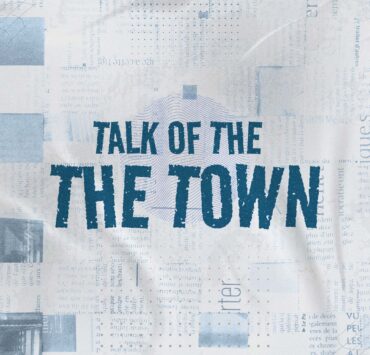
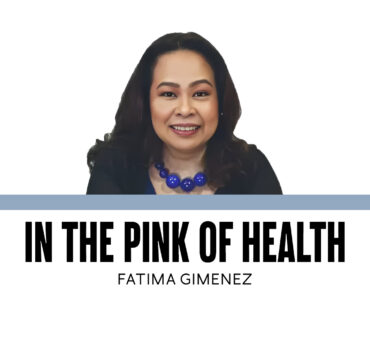



Time for a woman —or Muslim—UN secretary general?